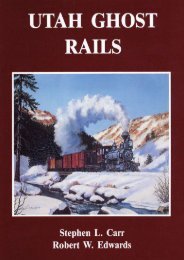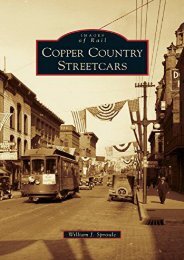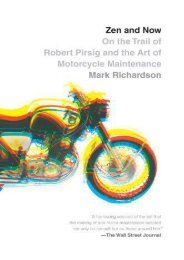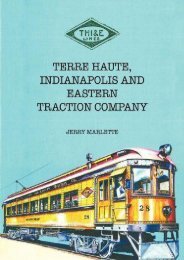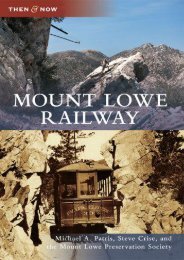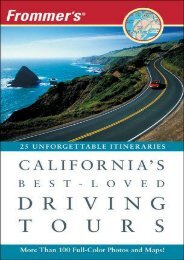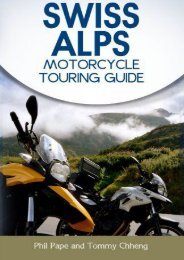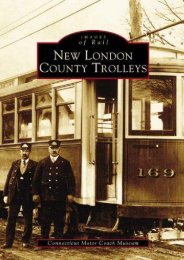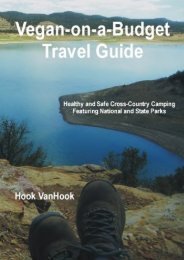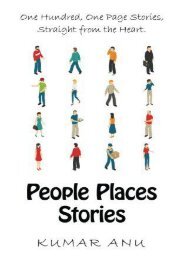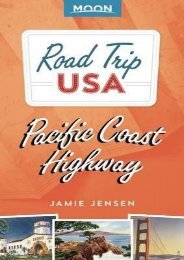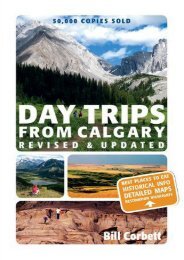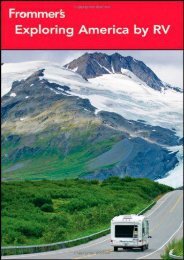Camp Bowie Boulevard
Camp Bowie Boulevard
Camp Bowie Boulevard
Create successful ePaper yourself
Turn your PDF publications into a flip-book with our unique Google optimized e-Paper software.
<strong>Camp</strong> <strong>Bowie</strong> <strong>Boulevard</strong> (Juliet George) In the early 1890s, Humphrey Barker Chamberlin installed a lifeline to his namesake suburb west of the city. A trolley connected to Arlington Heights <strong>Boulevard</strong> at the Trinity River s Clear Fork and chugged across prairie land to reach Chamberlin Arlington Heights. <strong>Camp</strong> <strong>Bowie</strong>, a soldiers city, sprawled over both sides of the road from 1917 until 1919. At the Great War s end, the stretch west of present-day University Drive became the commemorative <strong>Camp</strong> <strong>Bowie</strong> <strong>Boulevard</strong>. The 1920s brought twin ribbons of cordovan-colored brick pavement, the prestige of inclusion in the Bankhead Highway network, and westering developers of another elite village: Ridglea. Midway through the Great Depression, the Will Rogers complex arose on a farm tract, visible from the thoroughfare, to host Texas Centennial celebrations and a special livestock exposition. Museums began claiming adjacent space in the 1950s. By the second decade of the 21st century, <strong>Camp</strong> <strong>Bowie</strong> <strong>Boulevard</strong> bisected a built environment both modern and historic.<br />
<strong>Camp</strong> <strong>Bowie</strong> <strong>Boulevard</strong>



